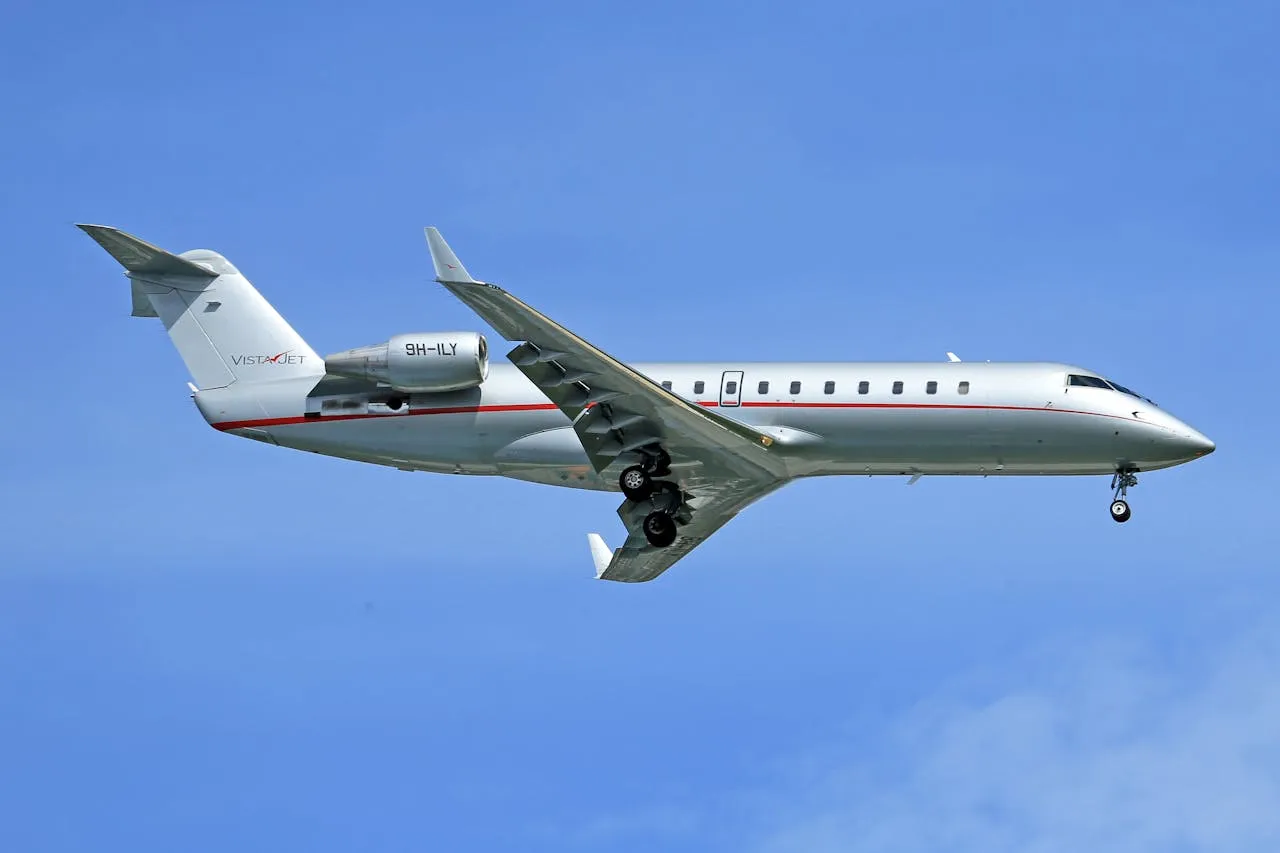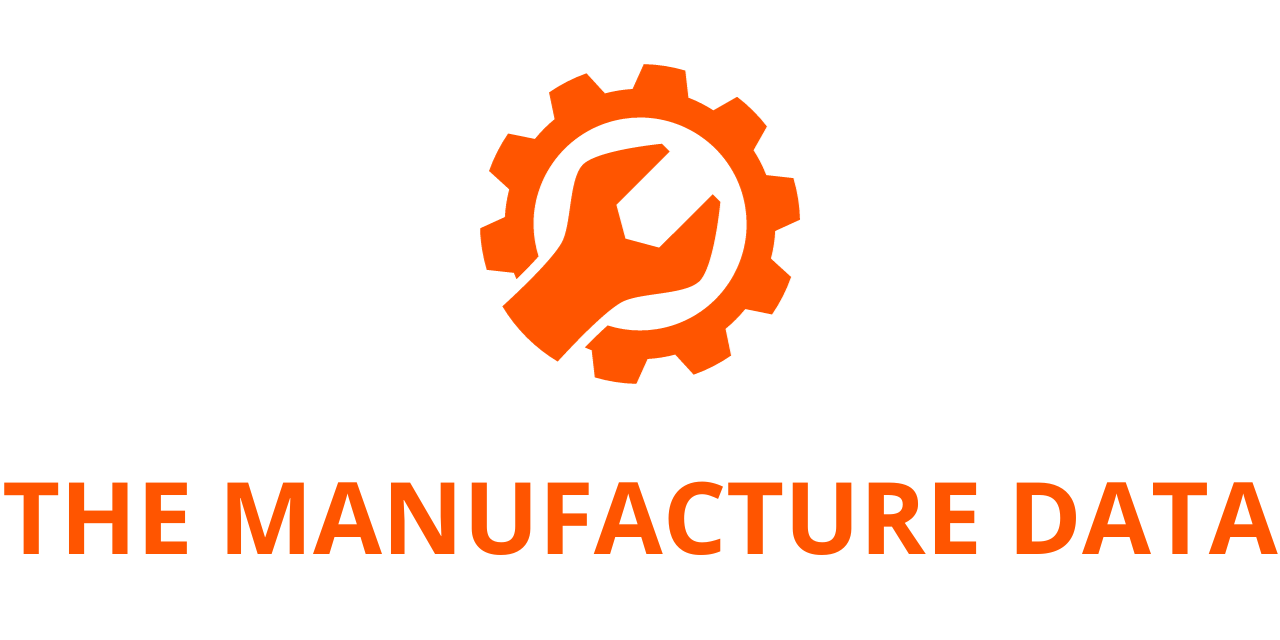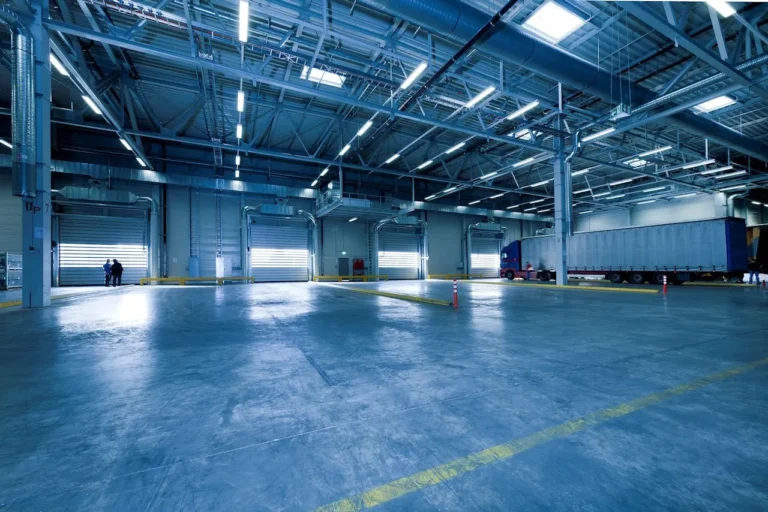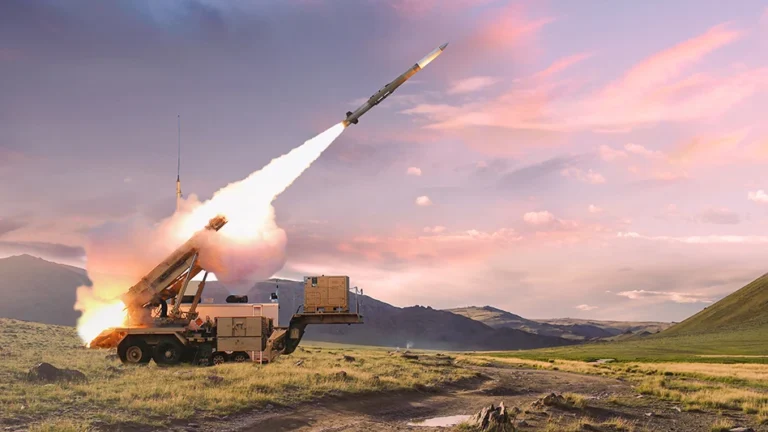
The third European Service Module (ESM-3) for NASA’s Orion spacecraft is departing from Airbus’ facility in Bremen, Germany, en route to NASA’s Kennedy Space Center in Florida, USA. Once there, it will be integrated and tested with the Crew Module. This mission, part of NASA’s Artemis program, will mark the first time humans return to the lunar surface since Apollo 17 in 1972.
ESM-3, developed by Airbus under contract with the European Space Agency (ESA), is crucial for supporting a crew of four astronauts during their three-week journey aboard the Orion spacecraft. The module will be responsible for ensuring the astronauts’ safety from launch, throughout their lunar orbit mission, docking with the lunar landing system Starship HLS, and their safe return to Earth.
Ralf Zimmermann, Head of Space Exploration at Airbus, commented, “Today’s delivery of the third ESM signifies the start of annual ESM deliveries, emphasizing Europe’s vital role and reliability in this transatlantic partnership.” Airbus Defence and Space has contracts extending to ESM-6, with long lead items already being procured up to ESM-9. Space presents an extreme environment, with temperatures as low as -200°C. To protect the astronauts, Airbus has developed advanced thermal energy control systems that maintain the crew module’s temperature between 18 and 24°C, by both radiating excess heat and shielding against the cold.
Additionally, the ESM provides essential life-support systems for the astronauts during their lunar voyage. “NASA tasked us with creating a standard Earth-like atmosphere, requiring us to add nitrogen to the cabin. The ESM carries 90 kilograms of oxygen and 30 kilograms of nitrogen. The nitrogen is also used to pump drinking water from the 240-liter tank for the crew,” Zimmermann explained.
Unlike the Apollo missions, which used fuel cells for power, Orion relies solely on solar arrays. The spacecraft’s four solar wings generate 11.2 kW of power per hour—sufficient to power two four-person households on Earth. Only 10% of this energy is required for the ESM, with the rest powering the crew module’s batteries and equipment. The Artemis I mission demonstrated that the solar panels produced more power than anticipated, providing additional energy for future Artemis missions.
The energy stored in the batteries is critical, especially when the Sun is obscured, ensuring the Orion spacecraft remains powered. These batteries also provide the necessary power for a safe return when the ESM separates from the crew module at the mission’s conclusion, at which point the ESM will no longer have access to the solar panels.
To allow astronauts to focus on essential tasks, the ESM’s avionics offer a high degree of autonomy, including temperature regulation and solar wing rotation to track the Sun. While the spacecraft can technically complete the mission autonomously, Artemis III will require the astronauts to manually dock with the Starship landing system, unlike the uncrewed Artemis I mission.
Orion is equipped with 33 engines within the ESM, providing thrust and maneuverability. The main engine, a repurposed Space Shuttle orbital maneuvering system engine (OMS-E) provided by NASA, generates 26.5 kilonewtons of thrust, which is sufficient to escape Earth’s gravity and execute the translunar injection burn to enter lunar orbit. Eight auxiliary thrusters serve as backups to the OMS-E and assist with orbital adjustments. Additionally, 24 smaller engines manage attitude control, allowing the spacecraft to rotate or adjust its orientation during docking maneuvers.




